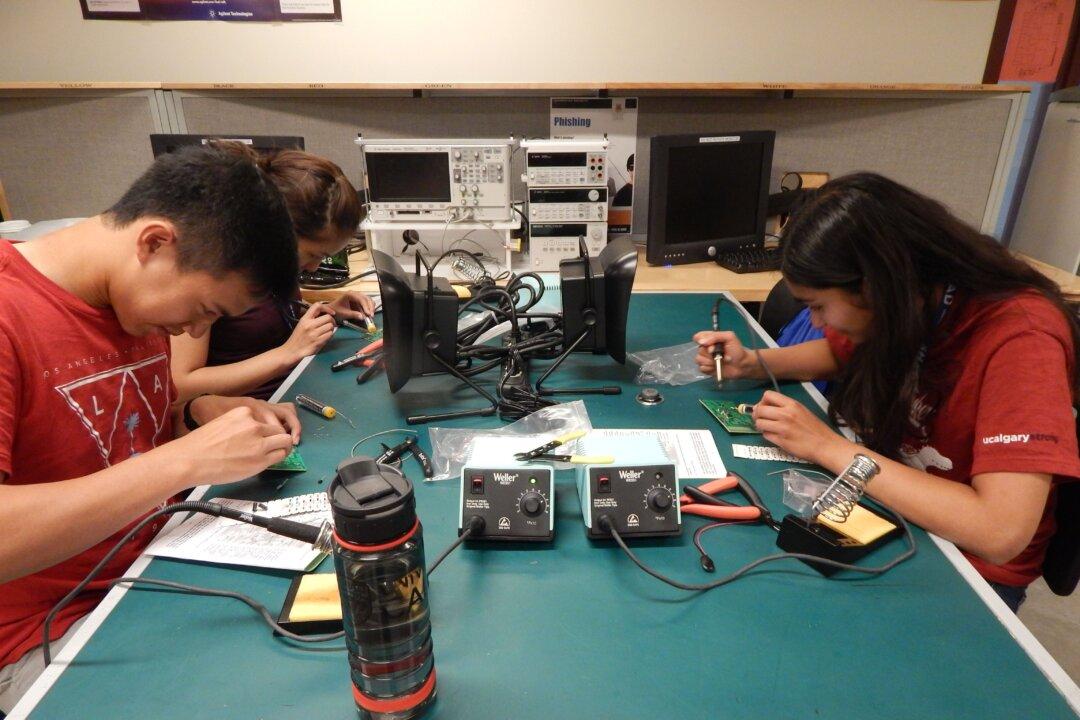A new “synthetic skin” developed by researchers at the University of Guelph could radically change how drug testing is conducted by pharmaceutical companies and universities.
The new method could greatly reduce testing in both animals and humans for drugs such as wound treatment medications. It could also cut costs and provide results more easily and quickly, the researchers say.
“You would still need animal testing to be conducted, but the amount of the animal testing can be reduced drastically,” said Suresh Neethirajan, an engineer at the University of Guelph and one of the researchers involved in creating the new testing technique.
The “wound model” created by Neethirajan and his team took two years to develop and consists of an artificial skin-like substance made up of amino acids and proteins that can function similarly to the skin of an animal or human.
“We have come up with a model, which mimics all of the conditions—the biomechanical, the physical, chemical, and biochemical—of local skin tissue,” said Neethirajan.
“It is built on glass slides. The whole device we have built is probably 5 cm by 3 cm (about 2 inches by 1 inch) and rectangular in shape, and it can be placed under a microscope to visualize.”
The method was designed to mimic testing in guinea pigs, mice, rabbits, and sheep, and allows researchers to watch interactions between bacteria and the drugs being tested.
Currently, drug companies testing wound treatment medications have to wound the animals, collect swabs, and monitor healing, all of which takes time and adds to the expense.




